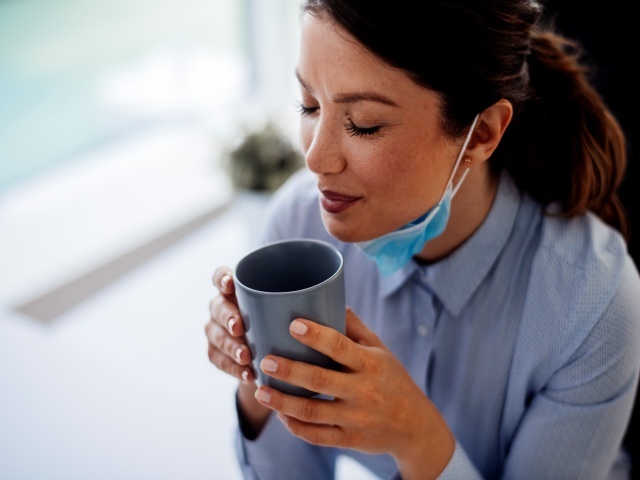Before the period, menstrual migraine is one of the prominent symptoms of PMS. So, these headaches occur when your body undergoes changes in the levels of progesterone and estrogen. When there is a fluctuation in the levels of these two hormones, the neurotransmitters in the brain get impacted and lead to headaches.
Around your period, you basically get two kinds of headache -- menstrual migraine and hormonal headache. Though both the headaches occur because of the hormonal upheavals in the body, their symptoms may vary.
Menstrual Migraine Vs Hormonal Headache
The intensity of a hormonal headache is from mild to moderate but it is a nagging ache. This is why it causes an uncomfortable feeling. But it doesn't cause any hindrance in your daily activities. Whereas menstrual migraines could be unbearable, and incidentally, around 60 percent of women across the globe undergo menstrual migraines. People, who get frequent migraine attacks, are more susceptible to this form of migraine during their periods.
During a menstrual migraine, the person experiences flashing lights, zigzag lines, or other sensory experiences before the throbbing pain begins. It hampers your daily activities as you won't be able to open your eyes, think or even work. Menstrual migraine is often accompanied by nausea, vomiting, sensitivity to bright light and sound besides the throbbing pain.
Medication

Caffeine

Hormone therapy
If your menstrual migraine persists even after taking the above-mentioned medications, you might need to undergo hormone therapy. Administering this therapy before your menstrual cycle helps to maintain a balance in hormones. Sometimes doctors may also ask you to take estrogen supplements to rectify the hormonal imbalance. Besides migraine pain, if you're also experiencing severe vomiting or nausea with menstrual migraines, ask your doctor about prescription anti-nausea medication.
Also read: Caring For Your Liver During COVID-19
Relaxation exercises

Getting enough rest

(IANSlife)



